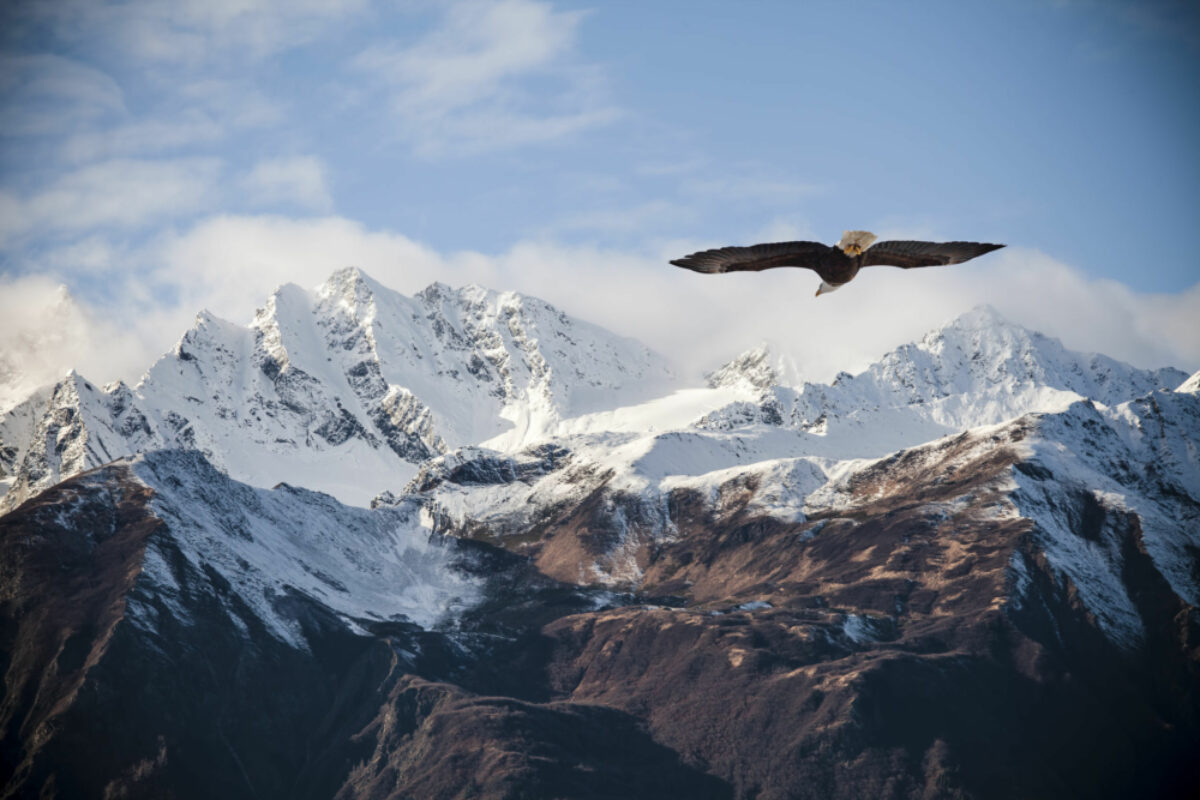Getting awe-inspired in Alaska
A beauty so great it makes you cry
On my first visit to Alaska, in 1999, I was so overwhelmed by its vastness and beauty that I cried. I had never been in a space that was so huge, wild and dramatic, and the miles and miles of wilderness were incomprehensible.
Mountain ridges lined up one after the other, beluga whales spouted in a bay while Dall sheep climbed the rocks above them, all on a drive ten minutes out of the state’s largest city. Alaska has now been my home for nearly 15 years, and the state overawes me daily.
If you divide Alaska into two evenly-sized chunks, each half would still be larger than the state of Texas. It’s so big that a several-hour drive between towns is considered a short hop, especially since most of the state is roadless.
Such size and terrain require transport creativity; for example, the Alaska Marine Highway, the only water-based “road” system in the US, links remote communities accessible only by boat or plane.

Visitors travel to Alaska to experience the wilderness in ways that are no longer possible in much of the world; giant swaths of wildland simply don’t exist on this scale. Seven out of the 10 tallest mountains in North America are in Alaska. Denali (formerly Mt McKinley) is the highest and most famous at 20,310 feet (6,190m), but you can still get a neck kink gawping at many others.
The wildlife is sized to fit the space. Here, the largest grizzly bears in the world feed on wild King salmon, also the biggest in the world. Herds of caribou roam the tundra, leggy moose munch suburban gardens, whales breach and bubble feed offshore of coastal towns, and millions of seabirds congregate as they complete their annual record-breaking migrations.
The boundary between nature and civilization is a thin one in Alaska, but a half dozen National Parks and other protected spaces help make these incredibly wild areas accessible to visitors. Denali National Park is the most visited, and for good reason: it’s on the road and rail system, its scenery is magnificent, and it’s well-set up for visitors. You’re also only a few steps away from the extreme wilderness, so hikers and backpackers wishing to traverse the terrain have the opportunity to do so with the help and advice of park rangers.
But it’s never difficult to escape the crowd in Alaska and visitors can really get away in some of the more remote parks accessible only by air, usually with a guide. In Katmai National Park, you can fly fish for salmon while grizzlies snapped the ones you missed from a waterfall upstream. Gates of the Arctic National Park has made a name for itself for Northern Lights viewing in winter. Take a boat tour in Kenai Fjords National Park to view calving tidewater glaciers, harbour seals and massive sea lions.
There is no shortage of adventure, whether you want to hike, fish, or simply gape at all the wildlife and scenery. Thankfully, tourism in the state is dialled in, and it’s possible to take an all-inclusive ten-day tour by land and sea, or rent a car and piece together a DIY vacation. However you choose to visit the state, I’m confident you’ll experience the same sense of awe I felt on my first visit.
Welcome to Alaska!




